Bulbs To Grow As Indoor Houseplants
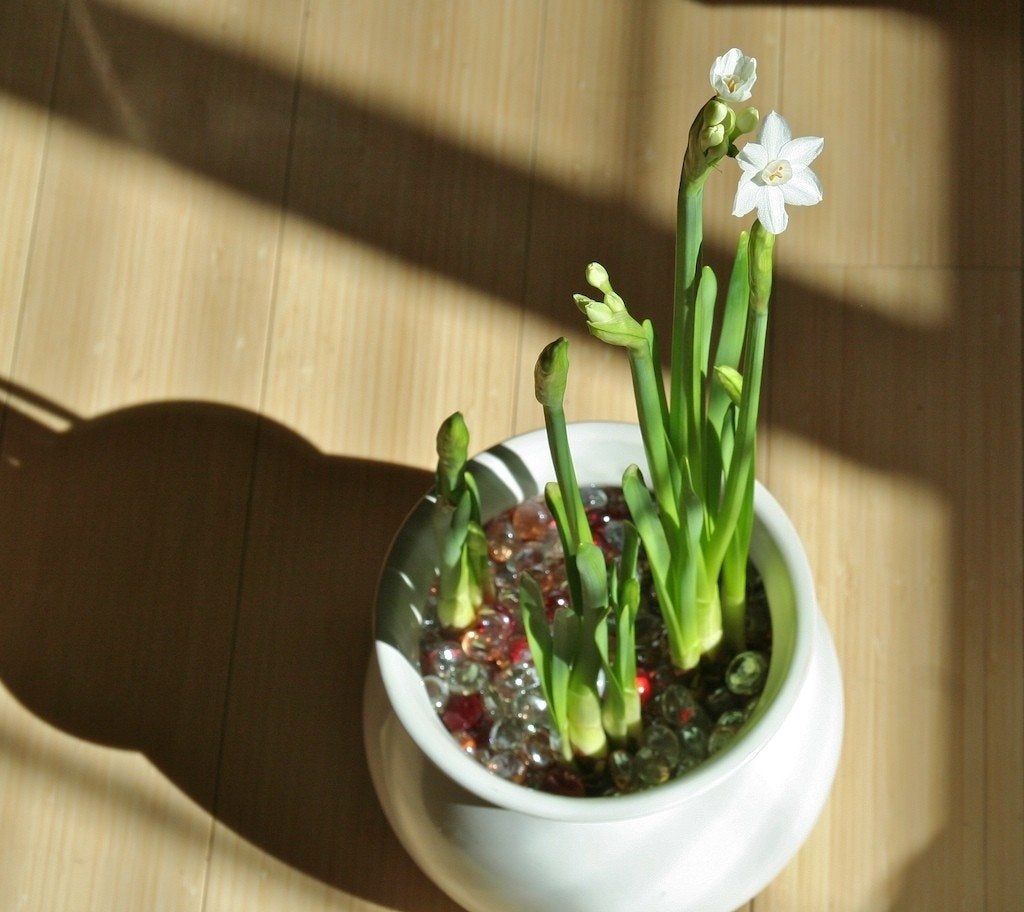

A lot of indoor flowering plants are grown from bulbs, stems, or tubers. Learn more about what bulbs to grow as houseplants and tips for growing bulbs indoors in this article.
What Bulbs Can Be Grown as Houseplants?
Bulbs are associated mostly with spring. Favorites are spring-flowering like:
They always remind us that winter is coming to an end.
It's usually best to take your hardy bulbs that have been grown inside your house to the garden outdoors once they flower. Once they flower, they can't be relied upon to have good performance inside. The more tender bulbs like amaryllis, begonia tubers, and cyclamen corms can be kept in the house for flowering the following season. As long as you take care of them, they should do well year after year indoors.
Choosing Bulbs to Grow as Indoor Houseplants
When it comes to bulbs, a large part of the pleasure is lost if you don't actually grow them yourself. You can go into your local garden center at the last minute to see what they have in stock. You can buy bulbs on impulse without even knowing what you plan to do with them; they store well. Buying bulbs from the catalogs out there and having plans on what to do with them before you even receive them is a fun thing.
If you purchase from the catalogs, they usually arrive in perfect growing condition. If you plan on purchasing from your local retailer, make sure to go early in the season (late summer for the majority of spring bulbs). This will allow you the best selection and freshest bulbs.
When choosing your bulbs, pick out bulbs or corms that are firm and of good size for the type of plant they are. Make sure there's no sign of mold or damage. Always check that bulbs for early indoor flowering have been specially prepared for "forcing."
Gardening tips, videos, info and more delivered right to your inbox!
Sign up for the Gardening Know How newsletter today and receive a free copy of our e-book "How to Grow Delicious Tomatoes".
Tips for Growing Bulbs Indoors
When you purchase the bulbs, be sure to purchase your compost, charcoal, pots, and anything else you need for planting the bulbs at the same time. You should plant your bulbs right away to prevent deterioration. This gets them off to an early, healthy start.
Bulb fiber is cheaper than compost. It's made up of peat or coir fiber and mixed with crushed oyster shells and charcoal. It's an adequate growing medium if you intend to replant your bulbs after first flowering out in the garden, but it contains no nutrients. You should use soil-based potting compost containing a balanced mix of nutrients for those bulbs you plan to grow and keep indoors.
Give extra attention to the pots you choose because that can make or break your indoor gardening efforts. Hyacinths, tulips, crocuses, daffodils, and other narcissi are normally grown in ceramic bowls with no drainage. Although they do sell plastic bowls for this purpose, the glass and ceramic bowls are better for it.
Larger bulbs like the lilies that are grown as individual specimens are best grown in large flowerpots that stand in their own dish. Planting them in plastic containers with good drainage and placing those containers in decorative china or ornamental ceramic bowls and containers is best.
A favorite among bulbs has to be the daffodil. There is such a wide variety of daffodils that it would be possible to have different types in flower from early winter until well into the spring. They belong to the Narcissus genus and "daffodil" is used more specifically for those flowers having prominent trumpets and a single bloom on each stem. Usually, you would think they are yellow, but there are cream-colored daffodils, cream and orange, orange, etc. They come with varying sizes of trumpets and some of them have several blooms on one stem.
You want to plant daffodils in late summer. Half fill a bowl with damp compost or bulb fiber. When planted, the tops of the bulbs should be just about level with the rim of the bowl. You will want to space them so they are close together but not touching. A full bowl will give you the best display planter. You should then fill the bowl within 1 cm. (0.5 in.) of the rim. You can water the bowl well and allow it to drain through the drainage holes, then wrap the bowl in polythene and place it in a cool spot. Be sure to check it regularly to keep the compost damp. If it's not, you should water it. After some time, you can bring the bowl inside and gradually increase the warmth around it after the shoots are 5 cm. (2 in.) high.
Crocuses and tulips are other popular spring bulbs. They have flowers in every shade and many new shades. Pick early types of tulips that will cope with a certain degree of warmth in order to force for winter. These will give you better results.
These are easy enough to grow indoors, but remember that if you want them to stand the test of time, you should truly plan on putting them outdoors after you're finished. If you choose to keep them indoors, then you need to pay attention to their needs and remember that they won't be in bloom continuously.

Heather Rhoades founded Gardening Know How in 2007. She holds degrees from Cleveland State University and Northern Kentucky University. She is an avid gardener with a passion for community, and is a recipient of the Master Gardeners of Ohio Lifetime Achievement Award.
-
 Try The Trend – Turn Any Bed Into A Keyhole Garden With This Clever In-Ground Composter
Try The Trend – Turn Any Bed Into A Keyhole Garden With This Clever In-Ground ComposterKeyhole gardening is an efficient and sustainable practice that saves space. Get started on this DIY project quickly and easily with an in-ground composter.
By Bonnie L. Grant
-
 4 Superfast Composting Methods: Turn Waste Into Garden Gold In 30 Days Or Less
4 Superfast Composting Methods: Turn Waste Into Garden Gold In 30 Days Or LessTry the fastest composting methods to turbocharge your pile and transform kitchen scraps and garden waste into finished compost in just a few weeks.
By Mary Ellen Ellis
-
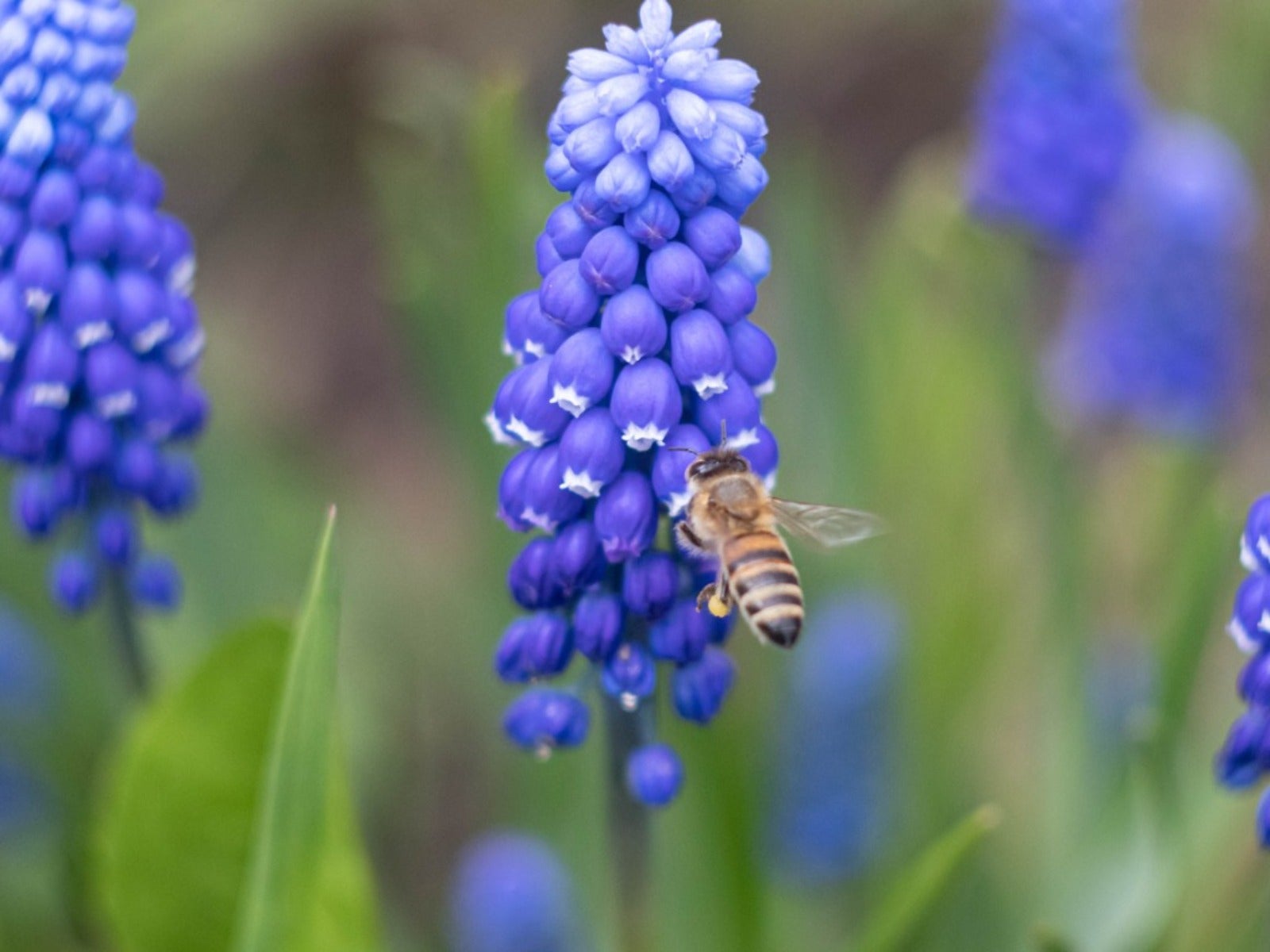 Pretty Spring Bulbs For Pollinators
Pretty Spring Bulbs For PollinatorsWhat are the best flowering bulbs for pollinators in spring? Click here to find out.
By Mary Ellen Ellis
-
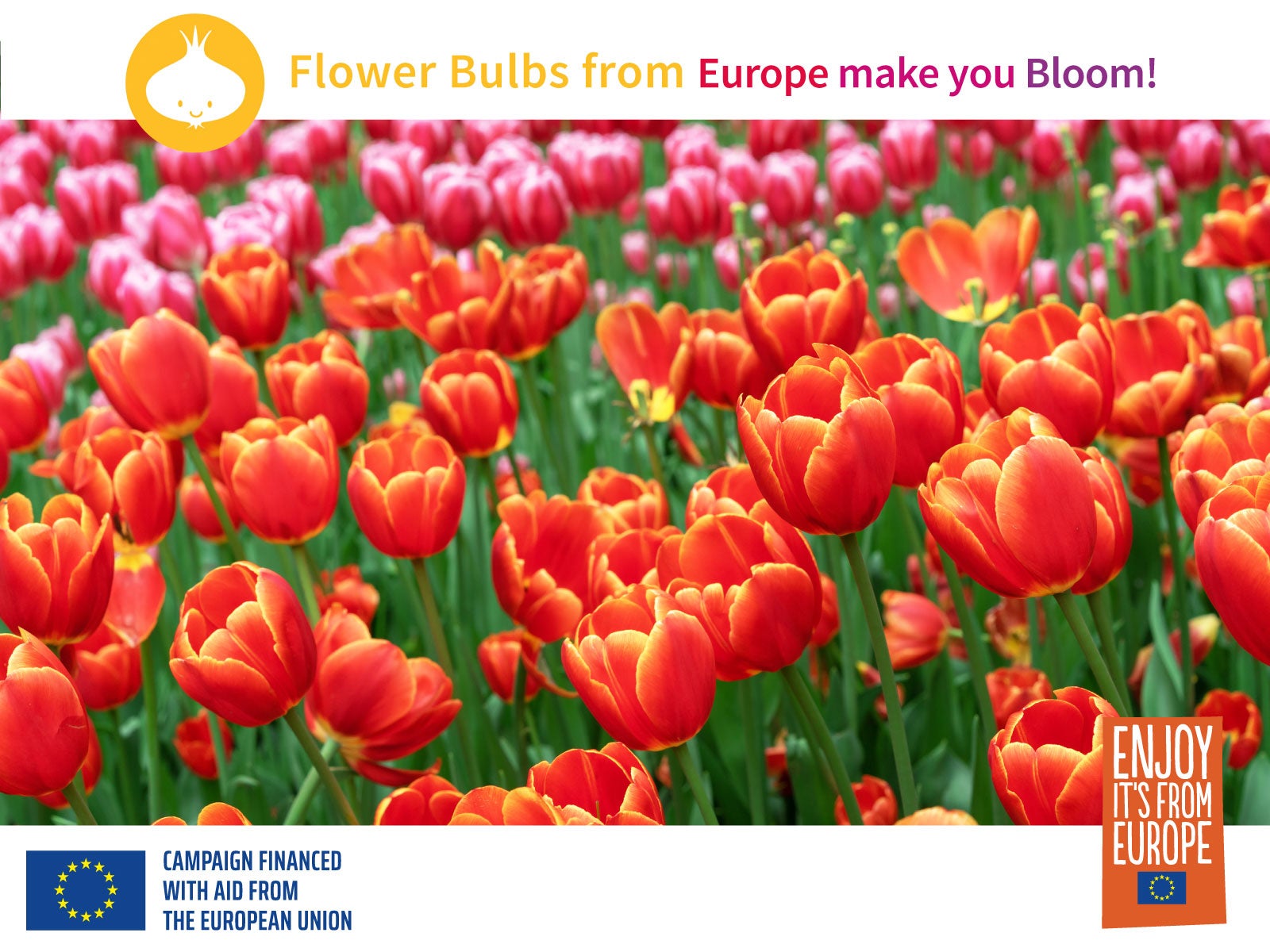 Grow An Early Spring Flowering Bulb Lawn
Grow An Early Spring Flowering Bulb LawnWant a lawn that nourishes pollinators, never needs weeding, and grows more beautiful every year? We have the lawn for you. Click for more.
By Caroline Bloomfield
-
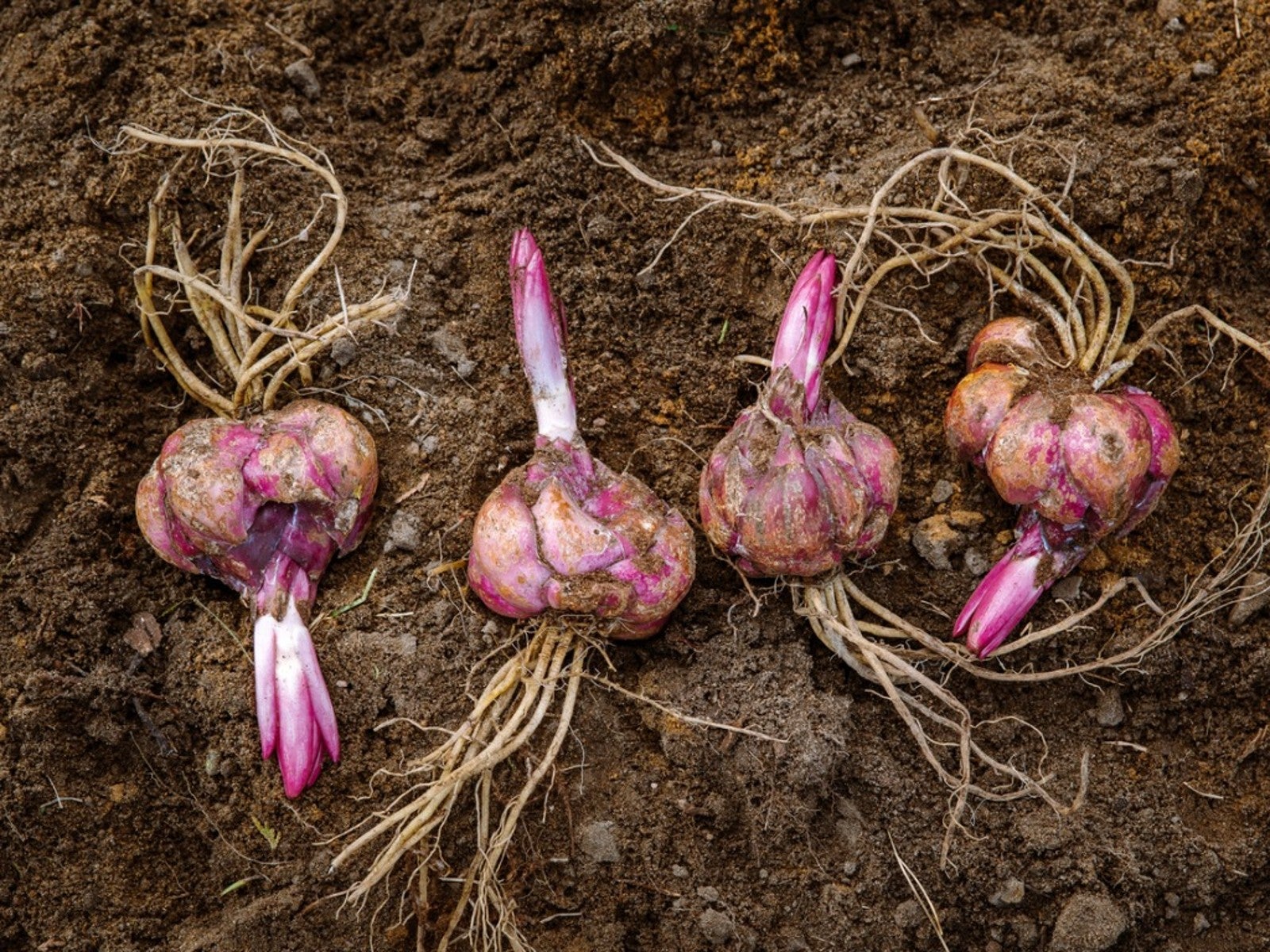 When To Dig Up Bulbs That Bloom In Summer
When To Dig Up Bulbs That Bloom In SummerClick here to learn when to dig up faded summer bulbs of some of the most common ornamentals grown.
By Tonya Barnett
-
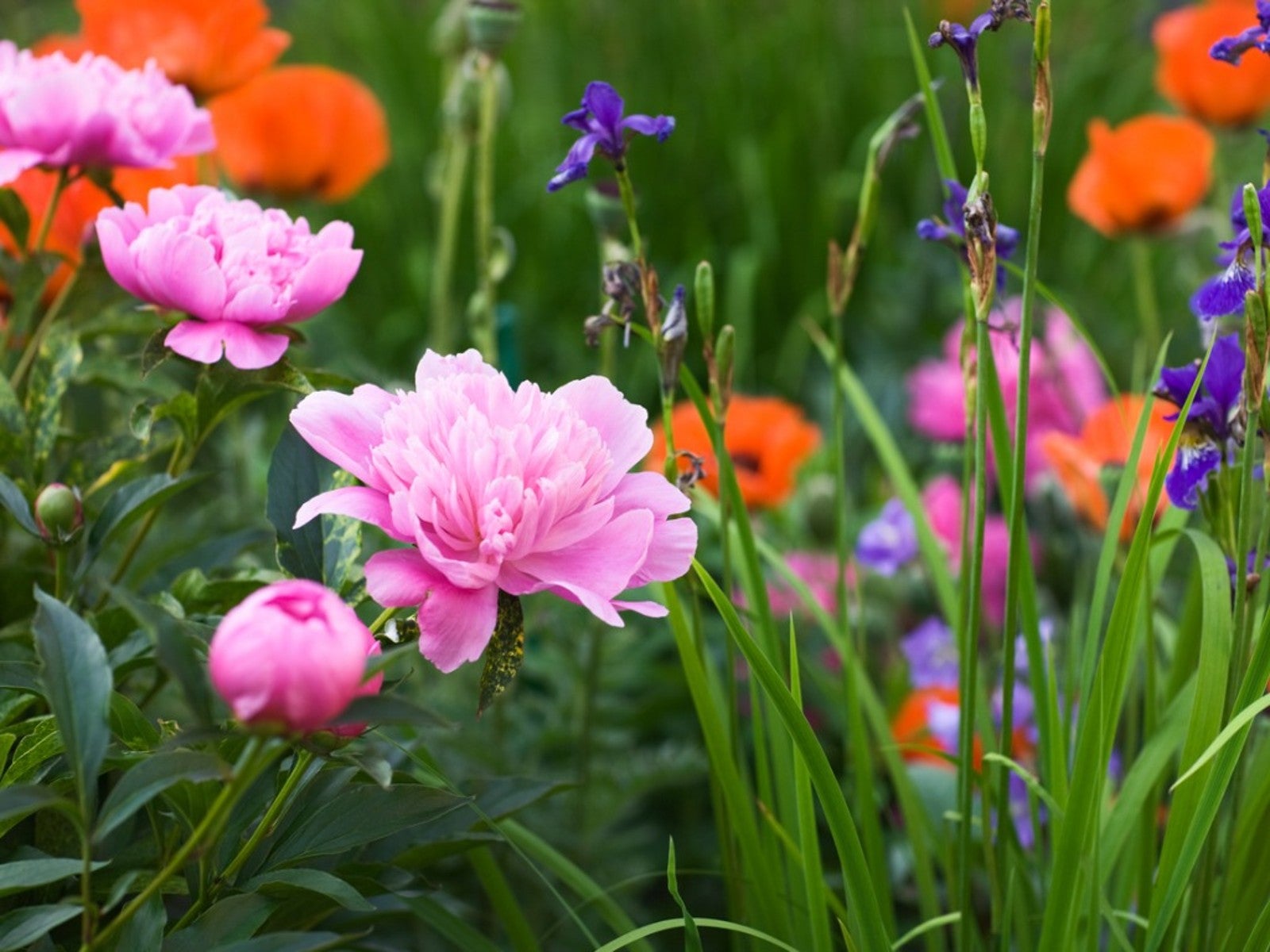 Corms, Tubers, And Bulbs That Are Deer Resistant
Corms, Tubers, And Bulbs That Are Deer ResistantWe love tulips, and so do deer! If you have hungry deer and you hunger for spring blooms, this article should help.
By Amy Grant
-
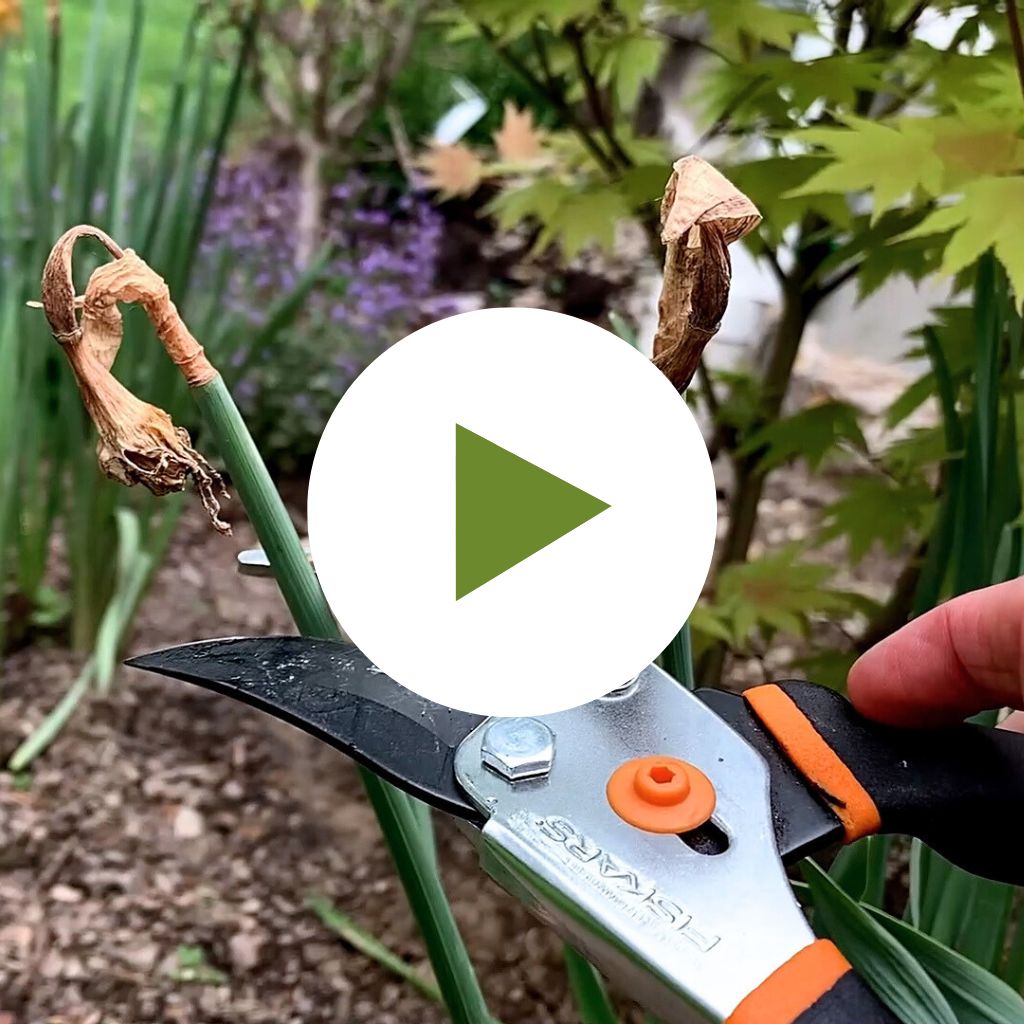 Care for Bulbs After Blooming
Care for Bulbs After BloomingIt's tempting to chop down the leaves after you bulbs have bloomed, but you have to resist this urge! Click to learn why.
By Amy Draiss
-
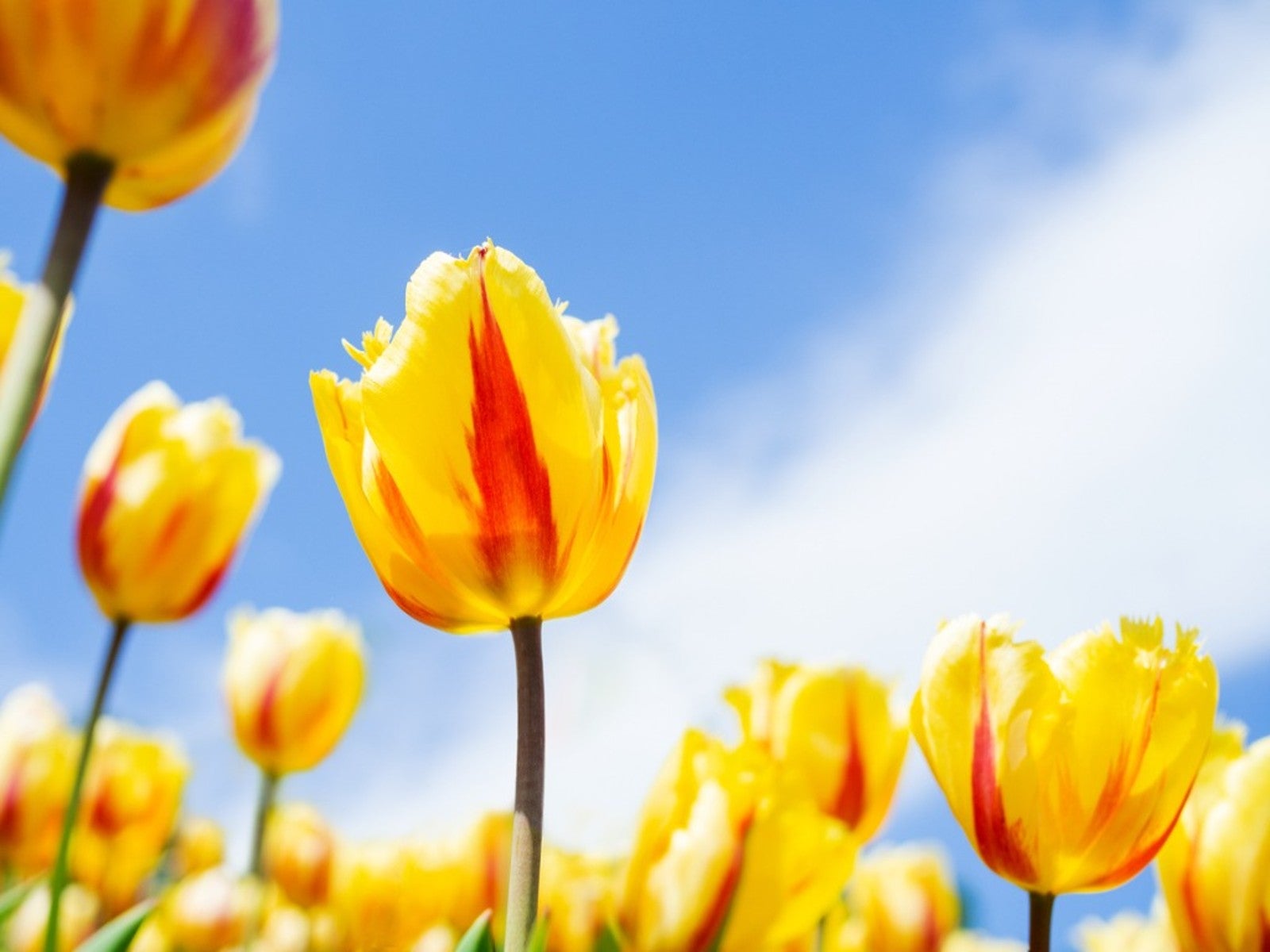 Best Spring Bulbs for Sun and Shade: Bulbs That Grow in Shade and Full Sun
Best Spring Bulbs for Sun and Shade: Bulbs That Grow in Shade and Full SunBulbs are beautiful harbingers of spring. Most flower bulbs thrive in full sun, but what if you have a shaded landscape? Read on for more.
By Amy Grant
-
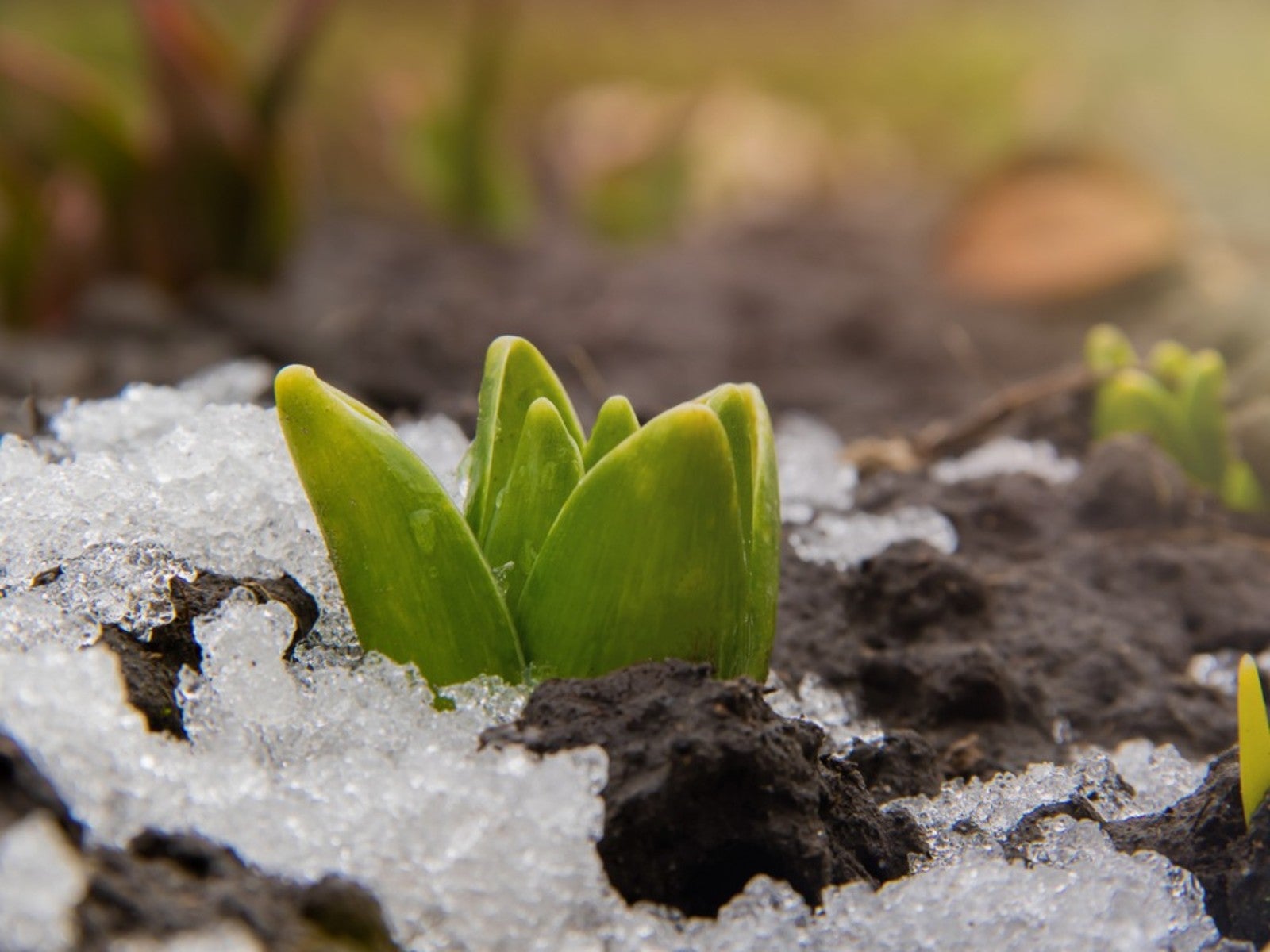 Bulb Life Cycle In Winter: What Bulbs Do For Months Under The Snow
Bulb Life Cycle In Winter: What Bulbs Do For Months Under The SnowDormancy in winter doesn't mean nothing is happening with bulbs. It just means you don't see any growth above the ground. Read on for more.
By Bonnie L. Grant
-
 How To Plant Bulbs In Pots - Lasagna Style
How To Plant Bulbs In Pots - Lasagna StylePlanting bulbs in containers is an easy way to create a gorgeous spring porch arrangement, especially when you use the lasagna method.
By Laura Walters